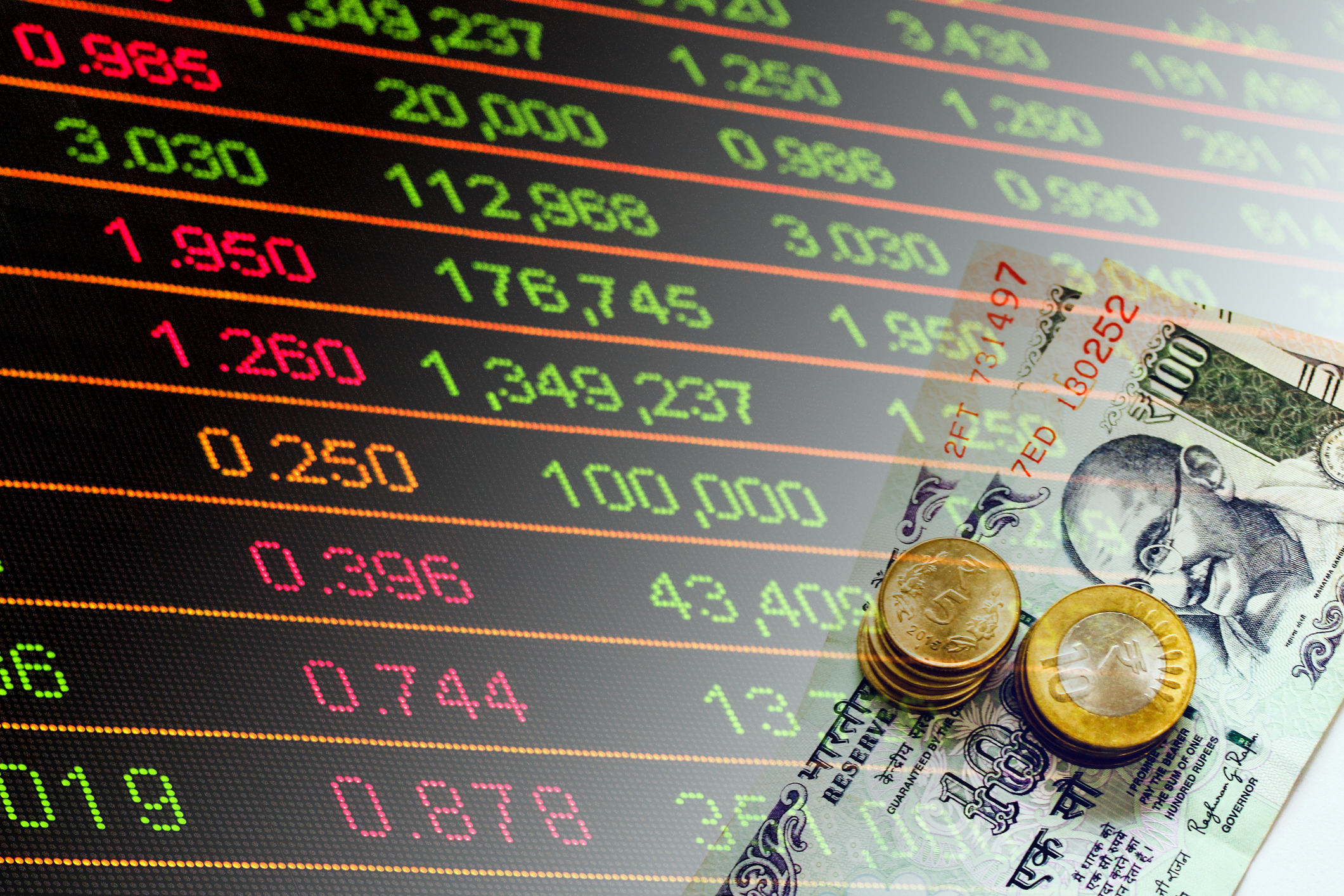As the global economic landscape undergoes significant transformations, India’s rupee is steadily gaining international prominence. This shift comes amid growing efforts to reduce the dominance of the US dollar in global finance, particularly among BRICS nations.
The rise of the rupee on the international stage is evident in recent developments. Commerce Secretary Sunil Barthwal revealed on Wednesday that rupee-rouble trade has seen a substantial increase, with 53 accounts now open for such transactions. This surge aligns with Russia’s emergence as India’s primary crude oil supplier, with most dealings conducted in rupees.
“There is good progress in terms of opening up of vostro accounts. Trade inquiries are being made,” Barthwal said. These vostro accounts allow domestic banks to offer international banking services to clients with global needs.
The push for de-dollarization extends beyond India-Russia trade. In June, BRICS foreign ministers convened in Nizhny Novgorod, Russia, advocating for greater use of local currencies in both bilateral and multilateral trade and financial transactions among member countries. This initiative, once implemented, is expected to significantly boost the internationalization of the Indian rupee.
Supporting this trend, the Reserve Bank of India introduced a mechanism in 2022 to facilitate transactions in domestic currencies. This move aims to foster global trade growth, with a particular emphasis on Indian exports and increasing interest in the rupee.
The government reported to Parliament last year that banks from 22 countries, including Belarus, Germany, Israel, Malaysia, Russia, Singapore, and the United Kingdom, had opened special Rupee vostro accounts with Indian banks. This development is part of a gradual de-dollarization strategy.
Experts believe that if this mechanism proves successful, it could play a crucial role in internationalizing the Indian rupee over the long term. The importance of such a shift is underscored by the potential vulnerabilities associated with the US dollar’s status as the primary reserve currency, especially during periods of financial market volatility.
Global trends support this shift, with the US dollar’s share in global foreign exchange reserves declining from over 70% two decades ago to approximately 59% by the end of December 2021.
The internationalization of the rupee could have far-reaching implications for India’s economy. A stronger rupee could help mitigate import costs and potentially curb domestic inflation. It could also positively impact the current account deficit, which is often exacerbated by a widening trade deficit.
However, the journey of the rupee has not been without challenges. Since India’s independence, when it was valued at Rs 4 against the Pound sterling, the rupee has depreciated to around Rs 84 against the US dollar today – a decline of Rs 80 over 77 years.
There is, however, a silver lining. Even though the falling rupee may not benefit the entire economy, a devalued currency certainly has its merits as it aids in boosting exports.
(Inputs from ANI)














